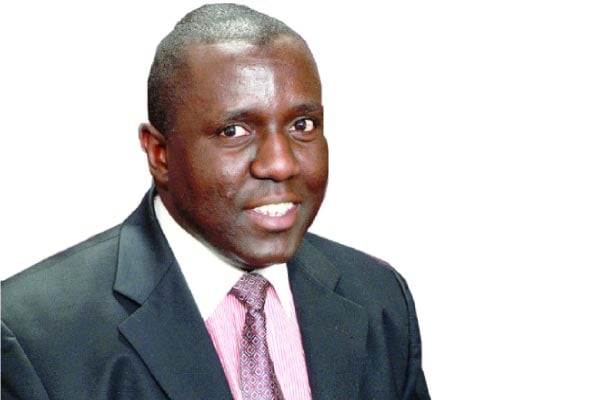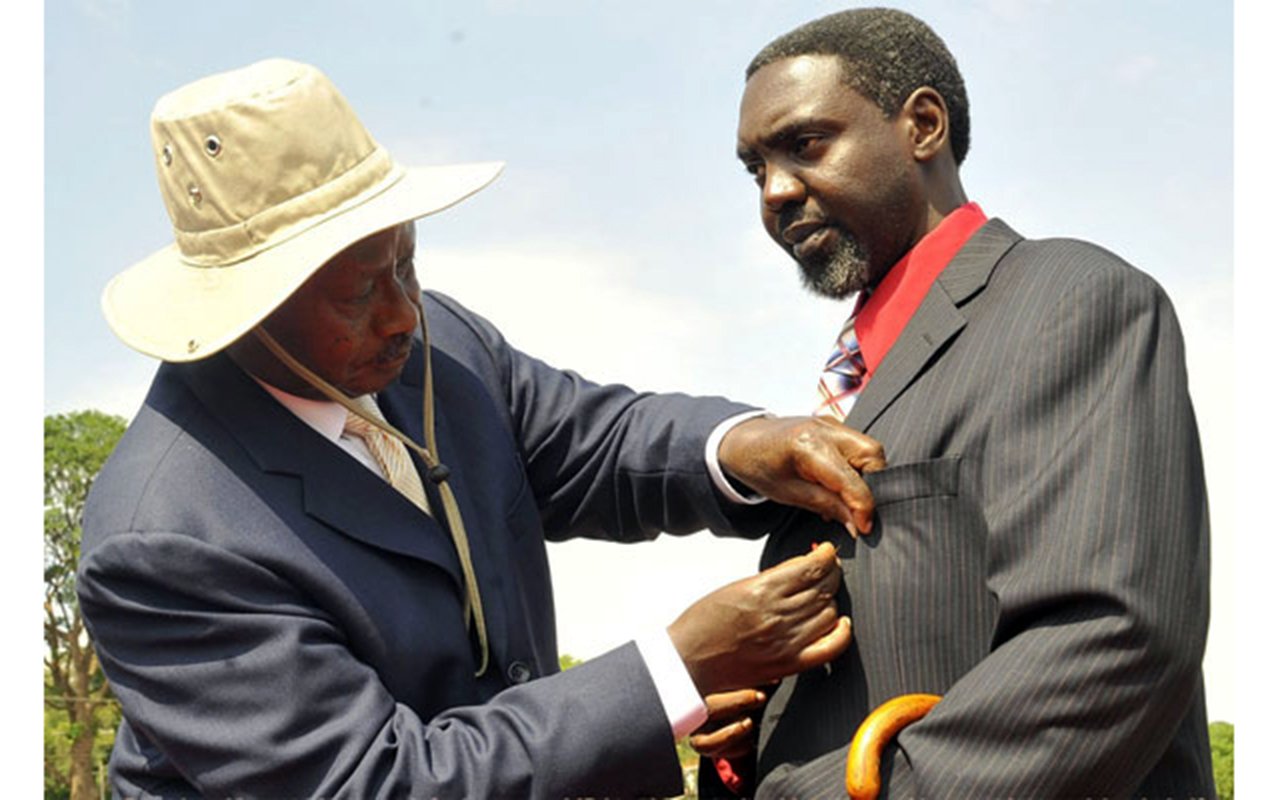Prime
Uganda starts to feel stress of food insecurity

Author: Mr Karoli Ssemogerere is an Attorney-at-Law and an Advocate.
What you need to know:
Uganda’s fragile eco-systems; limited arable land, falling rainfall, low industrialisation and high unemployment all speak to a need to revisit planning processes in Uganda
The price of a 25kg of maize flour, a convenient staple across the country has reached Shs90,000 and among some polished maize flour millers is now north of Shs100,000. The price of beans is stable at high prices. A cup of fresh beans retails at Shs5,000.
While maize performed very well in the first quarter, it hasn’t in the second and third quarters on account of intermittent rains. Food inflation presents a more complicated basket of social and economic problems.
The distribution of food sources is regional. Northern Uganda produces cereals, especially maize. The eastern region produces other high value grains including millet, rice and also maize. Central region with its soils registering the biggest decline in soil fertility produces bananas and some grains. Western Uganda has the highest food per capita producing bananas, grains, irish potatoes in a region with the largest bio-diversity and different sub-regions. From the floor of the rift valley, the slopes of Mountain Rwenzori where matooke grows at interesting elevations, the cattle corridor and Kigezi.
In July 2022, the National Meteorological Authority reported that rains in the central lake region would be at normal to less than normal, a situation that has begun reflecting in the alternating baking heat and scattered showers. The Authority predicted above higher than normal rainfall in the rest of the country, a prediction that may have been off the mark. Inventories of food are tight. Rising price of maize has put pressure on meat producers who share the same cereals as a base for food. The price of eggs and pork that provide cheap animal protein generally follow the same trajectory as maize. Earlier in the year there were widespread reports of famine conditions in Karamoja. Coverage of the issue quickly disappeared as government dispatched famine relief.
We are not yet at the situation in 1984-1985 when most of Eastern Africa was in the grip of serious famine but the outlook is bleak. The international press was dominated by images of starving children in Ethiopia and Sudan and dead bodies. In 2021, Kenya was forced to subsidise maize. The dry spell continues. More than 1,000 elephants that forage on huge amounts of grass are reported dead in Kenya’s national parks. Food insecurity manifests in many ways; “I am hungry, I haven’t eaten today.”; “I am in debt to the shopkeeper”, “I need a raise”. In Uganda, which has been struggling with monetising agriculture, food-rich regions like Busoga completely switched to mono-crops like sugarcane or oil palm growing in the mistaken promise that higher earnings would ensure farmers can buy food in the market.
Uganda’s fertility rate remains stubbornly high at 4.7 children per woman, the third highest in the EAC region after Burundi (5.24) and Tanzania (4.77). At an annual population growth rate of 3.3 percent, Uganda’s population will more than double by 2050, overtaking Kenya’s population to sit right behind Tanzania, which has three times Uganda’s area and a more diverse mix of natural resources. Uganda’s fragile eco-systems; limited arable land, falling rainfall, low industrialisation and high unemployment all speak to a need to revisit planning processes in Uganda.
The white missionaries always marveled at the weather. Catholic hymns praised the blend of the seasons.
The harmony of the beauty of the hinterland is being challenged by landslides in both the Mt Elgon area, Kigezi and the Western Rift. Interestingly, the situation is more promising as one moves further north. Sudan has the biggest arable land area in the world. Armed conflict has not reduced this. The Sudan currently has a water surplus fed by the tributaries of the Nile and a good stock of black soils. In 1984, Agriculture Minister Sam Mugwisa and his Education counterpart Isaac Newton Ojok picked one raft of government responses to a big problem, introducing songs to inform the population of the need to grow more food, soya, beans to reign in food insecurity. Famine in a country of 50 million people would be a national security problem and collapse of social infrastructure.
Mr Ssemogerere is an Attorney-At-Law and an Advocate. [email protected]




